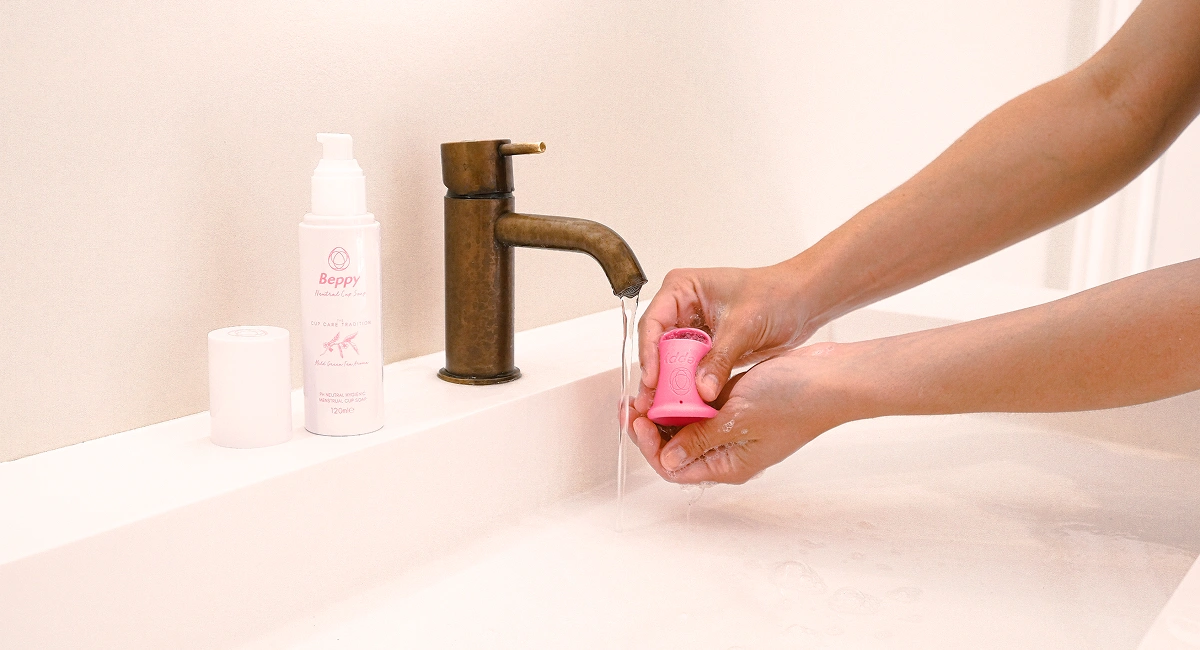
- Ontvang een gratis cadeau bij bestellingen vanaf €30
- Klanten beoordelen ons gemiddeld met een 4,6 / 5 (882 beoordelingen)

This is a very important question to ask yourself or others when in doubt, especially if you have recently had a fungal infection.
So, first the following: What is a yeast infection? You may have already known that your vagina has yeast; this is often a symptom of good health. However, there are times when the yeast grows too much and leads to infections. These infections often irritate and feel very uncomfortable. Yeast infection, also known as vulvovaginal candidiasis, occurs when the growth of healthy yeast that normally lives in your vagina gets out of control. This can cause irritation, rashes, a burning sensation and some other symptoms. Although the causes can vary, the most common reasons for getting a yeast infection are from touching your vagina with dirty hands, sexual relations and from wearing underwear that does not allow proper air circulation, which affects the pH level of your vagina.
Remember that you should always see a health professional to treat discomfort, irritation and infection. That being said, here are some tips on how to clean your cup after a fungal infection.
First, try not to use feminine hygiene products to be inserted into your vaginal canal during the infection. This impedes and delays your body’s natural healing process and can worsen the irritation caused by constant rubbing. On these difficult days, we recommend using panty liners or pads.
However, if you had the infection during the days you used a menstrual cup, we recommend the following:
– Check that the silicone in the menstrual cup is medical grade. If they are not, it is better to replace the menstrual cup with one that is.
– Wash the cup with intimate soap and plenty of water. Then soak it in boiling water for at least 15 minutes. Follow these two steps together for better disinfection.
– Make a mixture of baking soda, hydrogen peroxide and cold water. Then immerse the cup and let it stand for a few hours. This will remove stains and traces of any yeast.
– Disinfect your cup again as you do every time you are going to use it.
Make sure you no longer have a yeast infection so you don’t have to repeat the process of disinfecting your cup or have a relapse.
What is a Yeast Infection | Symptoms, Signs and Causes. (s. f.). Planned Parenthood. https://www.plannedparenthood.org/learn/health-and-wellness/vaginitis/what-yeast-infection
Get the latest news on menstrual freedom straight to your inbox!
HQ Beppy, Netherlands
Signalman 1-3
3034 KH Rotterdam
[email protected]
+31 (0)10 467 65 73 (9.00 – 17.00)
Chamber of Commerce: 24123466
Beppy, Belgium
9A Countess Elisabethlaan, P.O. Box 77
2320 Hoogstraten
[email protected]
+32 (0)78 158 349 (9.00 – 17.00)





